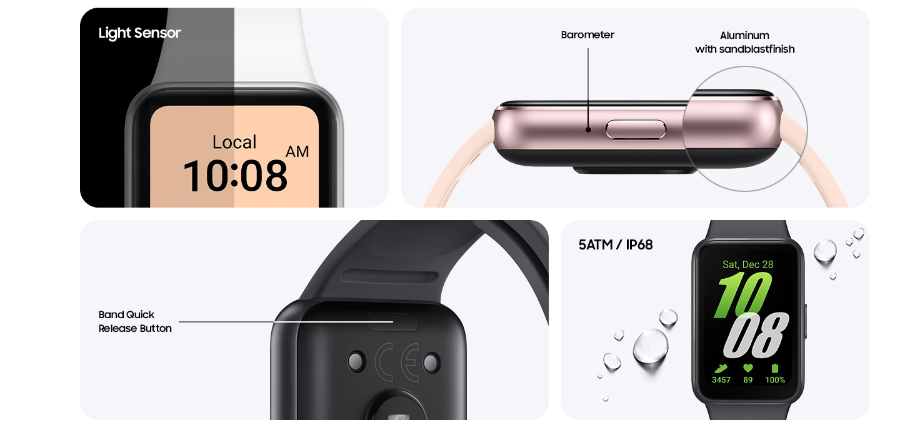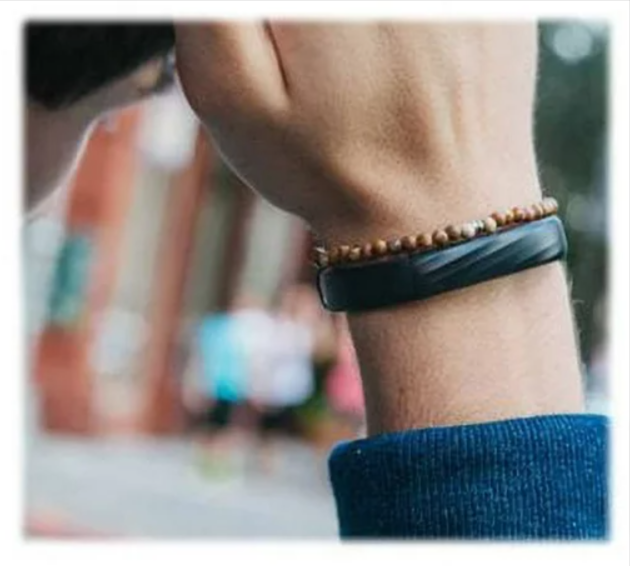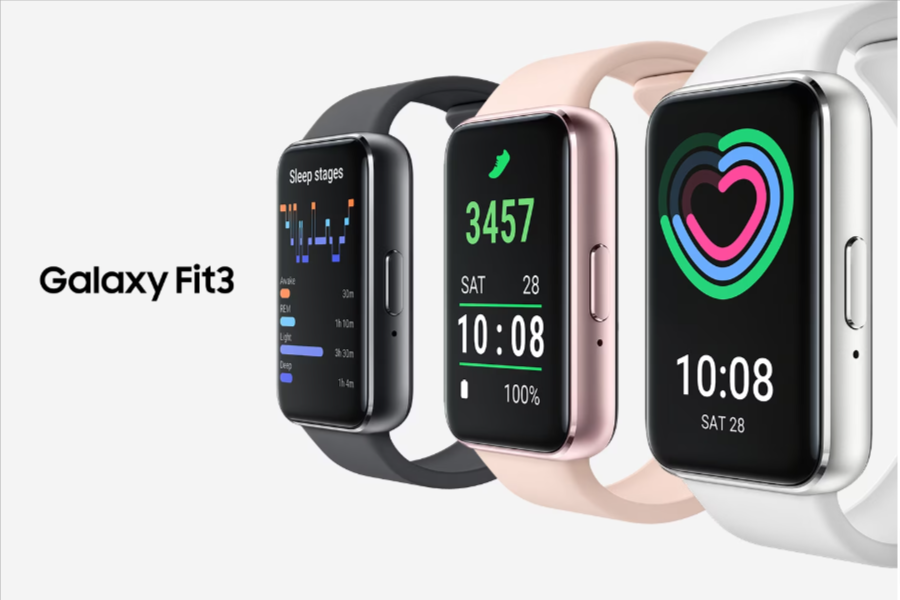A fancy fitness tracker, anyone?
The Samsung Galaxy Fit3 is what you get when an Apple Watch dates a Samsung Galaxy Watch, and neither of them is bothered with contraception.
With a 1.6-inch AMOLED screen, the band (or tracker) as devices like this one are categorised – is a cross between a watch (but too small to be one) and a tracker or band (too large to be one).
It has got a presence on the wrist – at least when compared with its predecessor the Samsung Galaxy Fit 2 – and can hardly wear discreetly as the Fit 2 did or even the older Fitbit trackers (all of which Fitbit has now discontinued and replaced with trackers with form factors only comparable to the Galaxy Fit 3).
This further narrows the options for those who need their fitness/activity tracker to be discreet or inconspicuous.
On the plus side, it has quite a ton of useful features that make one wonder what the point is of buying any of the more expensive Samsung Galaxy series of smartwatches (at three or more times the price of the Galaxy Fit 3 tracker). Or any smartwatch at all, that is if you are not already sucked into the Apple ecosystem and your only problem with money is spending it.

In the world of consumer-grade fitness wearables, it would seem we have come a long way from a few years ago when I categorised them slightly differently here. Now there are three classes: smartwatches, smart bands and smart rings with smartwatches and smart bands having secured their place in the hearts of many, and smart rings only still playing at market entry – what with existing leaders in the smart ring category being largely untested or only just starting to establish their pedigree. And with the Samsung Galaxy Fit 3, Samsung has blurred the lines between their smartbands and smartwatches. A decision that leaves some wondering: why?
A play to match offerings at the budget end of the market?
It is almost certain that Samsung moved in this direction due to peer pressure. Fitbit has done it with the discontinuation of its Flex series (which I dotingly used between 2013 and circa 2017) and the promotion of the Fitbit Charge (which I had avoided like the plague, due to its having a screen and later chose the Fitbit Versa series of smartwatches over in subsequent years ) in its place. Huawei did it too. And so has Xiaomi. Both OEMs included screens with their low-cost band offerings possibly targeted at those without the budget for a smartwatch but who desire a smart wearable that functions like a smartwatch.
And I suspect Samsung wanted a piece of this cake, too. In doing so, Samsung possibly killed the last remaining options for some of us whose smart wearable needs include a total lack of prominence of those devices when worn – perhaps a minority of users.
The end of discreet smart bands?

It would seem that the options for the discreet smart wearables are now only smart rings – though some will frown at the thought of wearing a second ring (and in some cases a third ring, for women who wear their wedding and engagement rings) on their fingers.
I feel strongly, though intuitively, that there is a market out there for smart wearables with low profiles in the form factor of the now discontinued Jaw Bone – which according to Tom’s Guide a leading voice in the consumer electronics review world, had “…set the standard for slim and stylish fitness trackers with advanced features, such as NFC payments, sleep tracking and bioimpedance sensors for heart-rate tracking”.
Also, there is potentially a market for smart wearables that can be attached to watches (e.g strap buckles/clasps) and jewellery (e.g. pendants and charms) – think about it, a smart wearable that does all the basics and is a little more than the clasp to your current wristwatch(es)?
Am I the only one thinking this?

